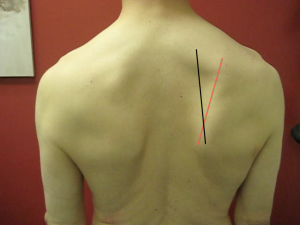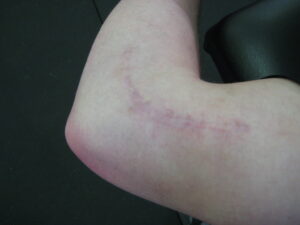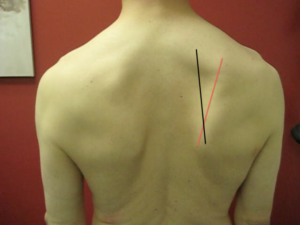
Movement vs. Medical Diagnoses
Recently, during an Instagram Q&A, I received this question:
“Have you ever dealt with valgus extension overload syndrome and how?”
My initial response was, “Absolutely – and with every single overhead throwing athlete I’ve ever encountered.”
You see, “valgus extension overload” simply described the two most common injury mechanisms in throwers. Your elbow can get hurt at lay-back (max shoulder external rotation) or full elbow extension. This terminology doesn’t describe a specific tissue pathology, nor an underlying movement competency that is insufficient and therefore allowing an individual to become symptomatic. To me, it’s a completely incomplete “diagnosis.” Let’s dig deeper.
You have medical diagnoses and movement diagnoses. Both are important.
A medical diagnosis might be a rotator cuff tear, MCL sprain, or tibial fracture. These deviations speak directly to the damaged tissue and relate the severity of this structural change.
A movement diagnosis (popularized by physical therapist Shirley Sahrmann) might be scapular downward rotation syndrome, femoral anterior glide syndrome, or lumbar extension-rotation syndrome. These diagnoses speak to the deviation from normal movement that’s observed.
At times, both types of diagnoses are bastardized.
On the medical side, examples would include “shoulder impingement,” “shin splints,” and “valgus-extension overload.” All of these flawed medical diagnoses speak to a region of the body, but not a specific structure.
On the movement side, examples would be vague things like “weak posterior chain,” “scapular dyskinesis,” or “poor stability.” They don’t speak to the specific movement competencies that need to be improved.
I’m all for simplifying things as much as possible. However, diagnosis is an area where oversimplifying is completely inappropriate. Diagnosis is what establishes the road map for the journey you’re about to begin – so make sure to eliminate any guesswork in this regard, whether it’s on the medical or movement side of things.
Perhaps nowhere in the sports medicine world is the movement vs. medical diagnosis discussion more of a consideration than in the discussion of thoracic outlet syndrome, a challenging “diagnosis of exclusion.” I have an entire course discussing this complex topic, and I’d strongly encourage you to check it out if you’d like to take a deep dive into upper extremity functional anatomy. You can learn more HERE.





